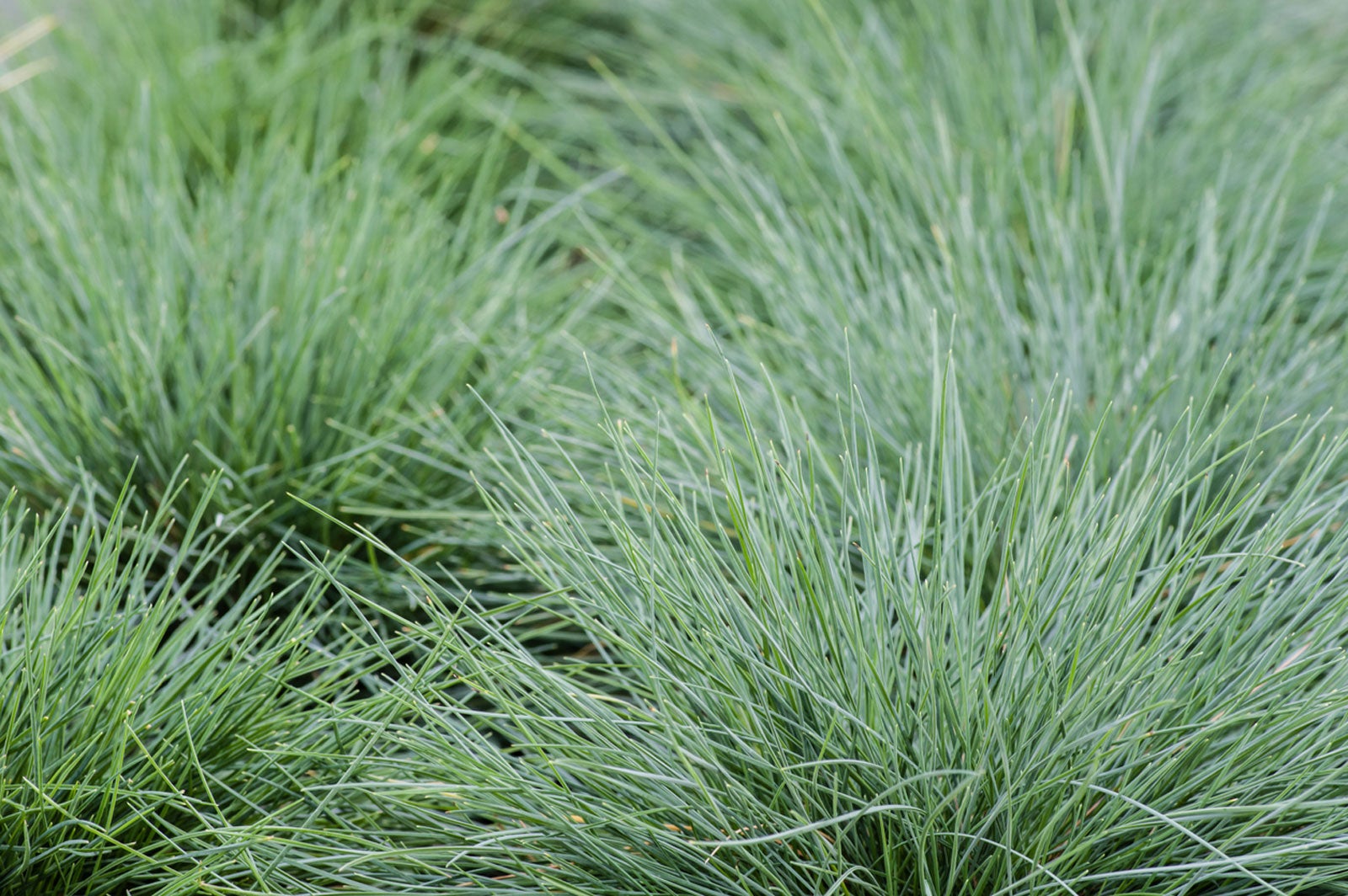Small Ornamental Grass Varieties: Learn About Popular Short Ornamental Grasses


Large clumps of ornamental grass are impressive, but don’t disregard the value of low growing ornamental grasses. Available in a wide array of forms, textures, and colors, short ornamental grasses are a simple to grow and require very little maintenance.
Small Ornamental Grass Varieties
Like its taller cousins, small ornamental grass varieties are highly resistant to pests and disease that can overtake other, less hardy plants. They make great accents in a garden border. When planted in mass, short ornamental grasses create a groundcover that few weeds can penetrate.
Below are some popular types of ornamental grass that stay small and make great additions to the landscape:
- Dwarf Mondo Grass (Ophiopogon spp.): This 4 to 6 inch (10-15 cm.) plant is bright green with blue flowers in the summer. Dwarf mondo grass does well in full sun or partially shaded areas. Best for USDA zones 5 through 9 with well drained soil. It is deer and rabbit resistant when used as groundcover or in rock gardens.
- Japanese Forest Grass (Hakonechloa macra): This plant grows 12 to 18 inches (31-46 cm.) and is a bright golden-yellow color with tan to reddish brown blooms in late summer and early fall. Japanese forest grass does well in partial shade with average, moist soil but doesn’t tolerate clay or soggy soil. Best grown in USDA zones 5 through 9, it is a deciduous bunchgrass that provides a colorful groundcover.
- Ice Dance Japanese Sedge (Carex morrowii ‘Ice Dance’): Growing 6 to 12 inches (15-31 cm.), Ice Dance Japanese sedge is dark green in color with creamy white edges as well as white blooms. Plant in partial shade to full sun using moist, well-drained soil. Best for USDA zones 4 through 9, its slow growing mounds work well in containers.
- Blue-Eyed Grass (Sisyrinchium angustifolium): This grass gets 12 to 18 inches (31-46 cm.) tall. It is a dark green with dainty blue, purple, or white flowers in late spring or early summer. Grow in USDA zones 4 through 9 with partial shade to full sun and moist, well-drained soil. Blue-eyed grass is great for containers or rock gardens and also attracts butterflies.
- Baby Bliss Flax Lily (Dianella revoluta ‘Baby Bliss’): This blue-green colored plant grows 12 to 18 inches (31-46 cm.) tall. Its blooms are a pale violet in late spring and summer. Does best in partial shade to full sun in nearly any well-drained soil. Baby Bliss Flax Lily tolerates drought and salt sprays and is best suited for USDA zones 7 through 11.
- Elijah Blue Fescue Grass (Festuca glauca ‘Elijah Blue’): This blue fescue grass grows up to 12 inches (31 cm.) tall and is a powdery blue, grown for its foliage. Best in USDA zones 4 through 8 in full sun areas. It requires well-drained soil. Great plant for small spaces and withstands the summer heat.
- Variegated Liriope (Lirope): Also known as monkey grass, this plant is deer resistant and attracts hummingbirds to the area. It is dark green with vibrant yellow stripes, growing 9 to 15 inches (23-38 cm.). Variegated Liriope blooms are clusters of blue or white flowers in summertime. Grown in any well-drained soil in deep shade to full sunspots. Best for USDA zones 5 through 10.
Gardening tips, videos, info and more delivered right to your inbox!
Sign up for the Gardening Know How newsletter today and receive a free copy of our e-book "How to Grow Delicious Tomatoes".

A Credentialed Garden Writer, Mary H. Dyer was with Gardening Know How in the very beginning, publishing articles as early as 2007.
-
 4 Superfast Composting Methods: Turn Waste Into Garden Gold In 30 Days Or Less
4 Superfast Composting Methods: Turn Waste Into Garden Gold In 30 Days Or LessTry the fastest composting methods to turbocharge your pile and transform kitchen scraps and garden waste into finished compost in just a few weeks.
By Mary Ellen Ellis
-
 Best Spider Plant Soil – Complete Soil Guide And Expert Tips For Keeping Plants Happy
Best Spider Plant Soil – Complete Soil Guide And Expert Tips For Keeping Plants HappySpider plants are fun and easy plants to grow, but what is the best soil for a spider plant? Selecting the right soil is important so they can thrive.
By Bonnie L. Grant